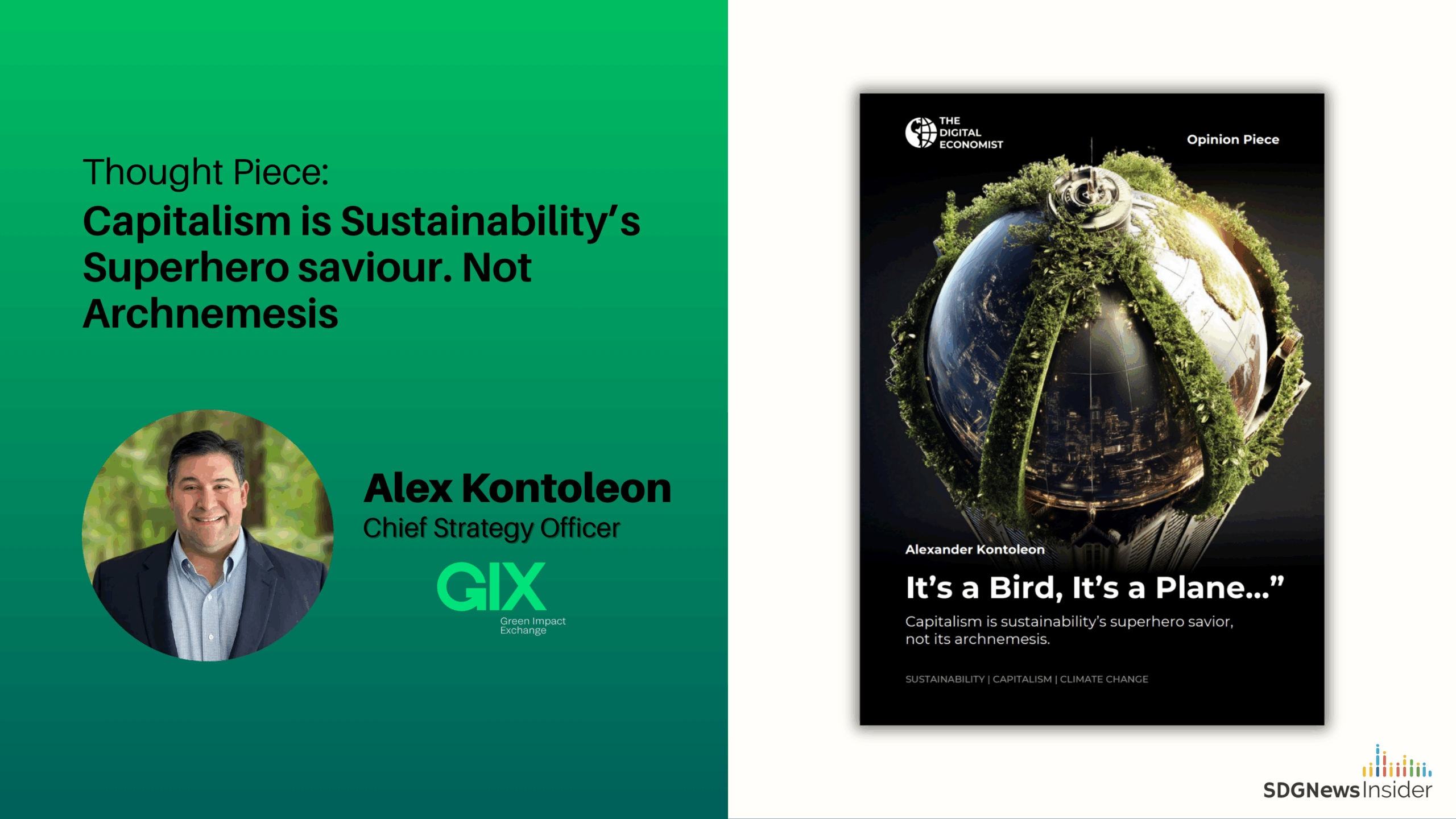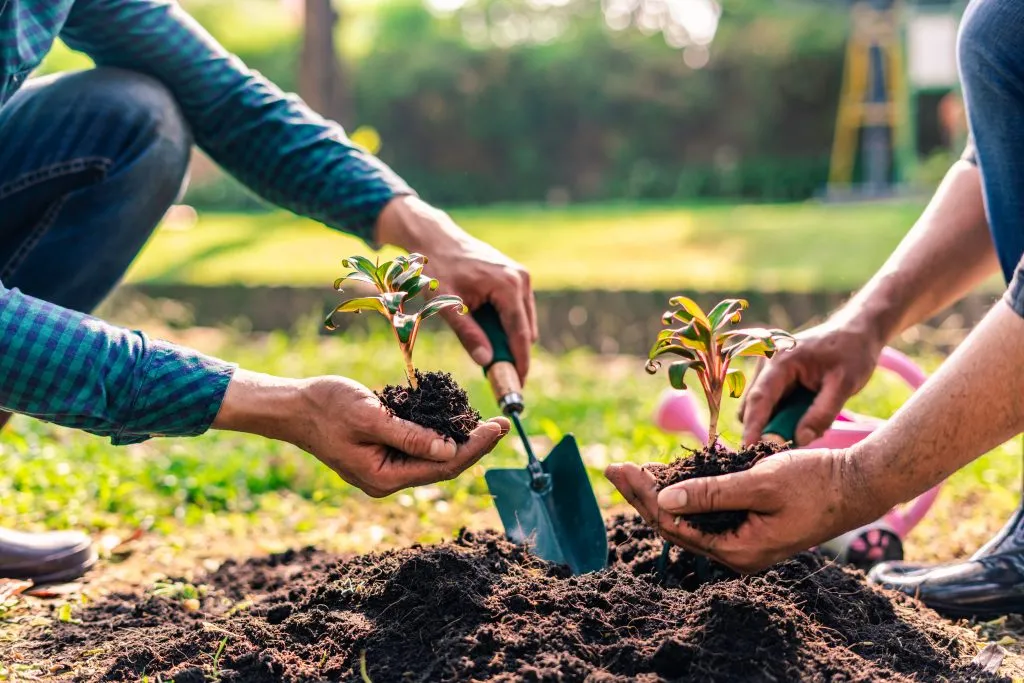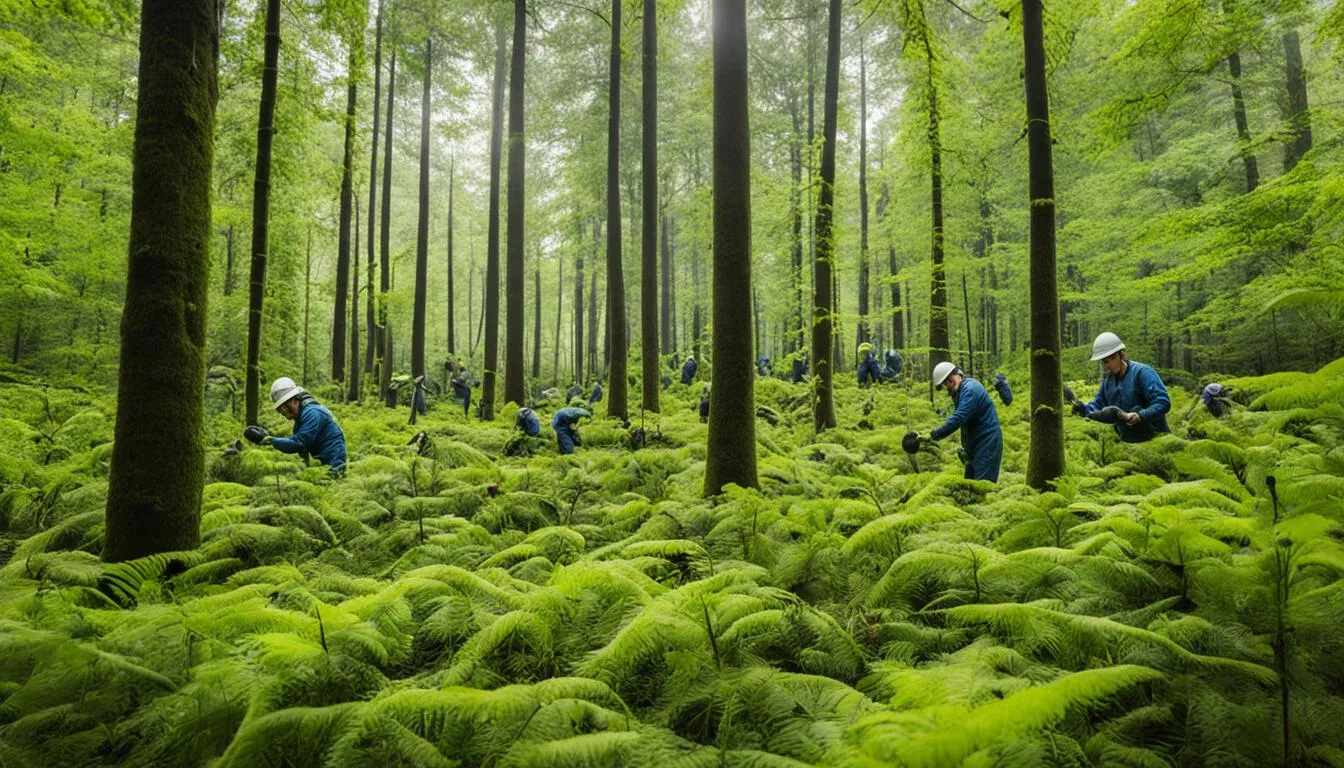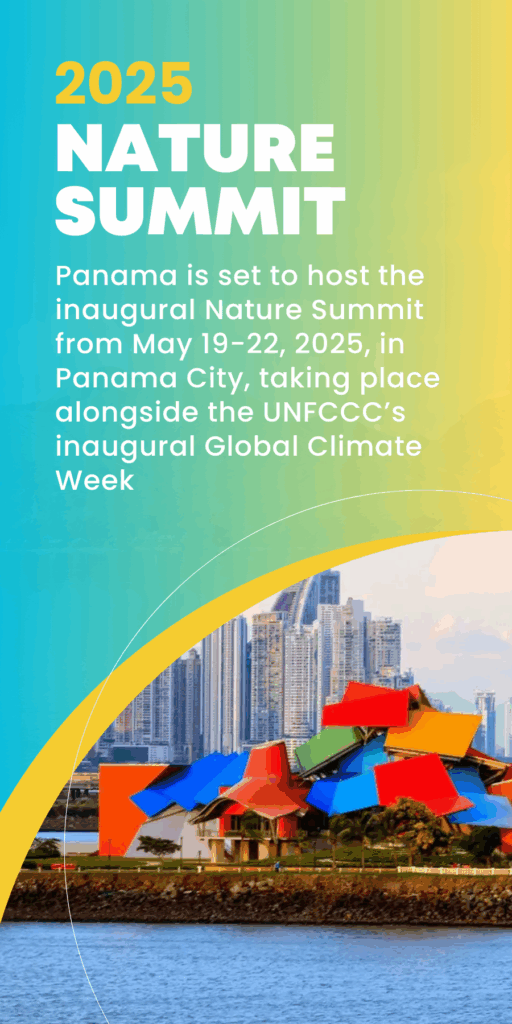Key Impact Points
- Innovative Use of Seashells: Researchers have developed concrete using discarded seashells to combat floods and reduce food waste
- Real-World Application: This concrete has been successfully implemented in urban gardens and cycling paths, showing promising results in flood-prone areas
- Sustainable Benefits: The seashell concrete addresses environmental challenges by reducing reliance on traditional materials and repurposing waste
Overview
In a groundbreaking development, researchers have created a new type of concrete that utilizes discarded seashells to combat flooding and address food waste. This innovative material has already been deployed in urban gardens and cycling paths, providing a sustainable solution for flood-prone areas while repurposing waste that would otherwise end up in landfills
Concrete with a Purpose
The People’s Pantry, a community garden in Blackpool, England, has become a testing ground for this seashell concrete. The garden, which doubles as a fresh food pantry for local residents, had long struggled with frequent flooding that turned pathways into slick, hazardous areas. Now, with the installation of this unique concrete mix, those issues have become a thing of the past
“They’re not so obvious at first . . . but as you walk on it, the shells become more apparent as you go, and little flecks of white start coming out,” said Helen Jones, operations director at LeftCoast, the organization managing the community garden. The seashell concrete not only adds a visual element but also serves as a robust barrier against stormwater runoff and heavy rains
The Science Behind Seashell Concrete
Developed by Karl Williams, director of the Centre for Waste Management at the University of Central Lancashire, this concrete mix incorporates cement, aggregate, and shellfish waste collected from nearby fish processors. The shells, primarily from scallops and whelks, are crushed to enhance the porosity of the concrete, allowing water to drain through rather than pooling on the surface
“We’re trying to minimize the carbon footprint of using waste materials, and we’re looking for local solutions,” Williams explained. The result is a permeable concrete that acts like a sponge, holding onto water temporarily before releasing it into the surrounding ground. This not only mitigates flood risks in urban environments but also contributes to the sustainability of the built environment by reducing the reliance on traditional, high-emission construction materials
Related Article: Brennan Spellacy: Pioneering Sustainable Change with Patch, a Holistic Carbon Reduction Platform
Environmental and Economic Impact
The seashell concrete offers multiple environmental benefits. The construction industry, responsible for over a third of global greenhouse gas emissions, can reduce its carbon footprint by incorporating recycled materials like seashells. Additionally, using waste from the fishing industry, which would otherwise be discarded, further reduces environmental impact and saves costs for fishmongers who would need to pay for landfill disposal
Challenges and Future Potential
While the seashell concrete has proven effective in specific applications like gardens and cycling paths, it is not without limitations. The material’s high porosity, which is key to its flood-mitigating properties, also results in lower compressive strength, making it unsuitable for structural foundations or high-traffic areas. However, its potential in low-load-bearing sites, such as sidewalks and parking lots, is significant
A Warming World Needs Innovative Solutions
As climate change exacerbates flooding and other environmental challenges, innovative materials like seashell concrete could become valuable tools in the construction industry’s adaptation toolkit. Williams and his team are exploring where this concrete could be applied outside the U.K., mapping regions with the necessary shellfish resources to replicate their success
Real-World Success
More than eight months after its installation, the People’s Pantry has experienced its first flood-free growing season in years. “There’s been no surface water at all,” Jones reported. “We’ve had some quite torrential showers, but you can walk out straight away and there’s nothing being retained.” The residents, too, have embraced the concrete’s functionality, often enjoying the simple act of pouring water into it and watching it disappear
This project illustrates how a small innovation—using discarded seashells—can make a big impact, offering a glimpse into the future of sustainable construction and flood management












